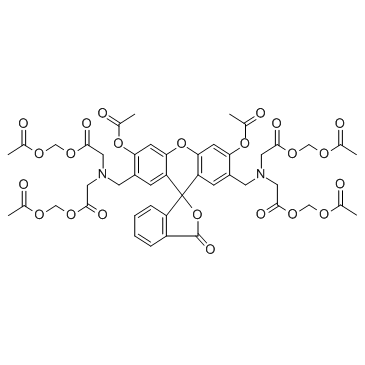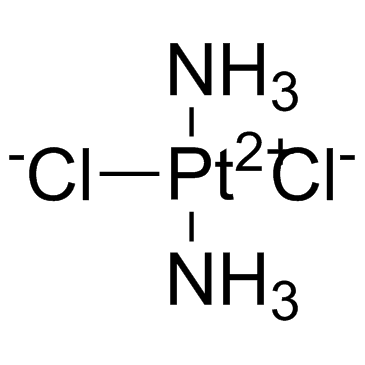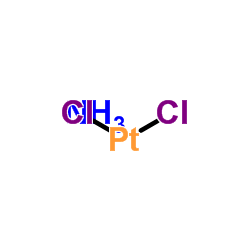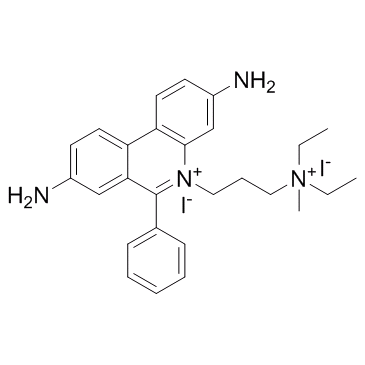| Structure | Name/CAS No. | Articles |
|---|---|---|
 |
Glycerol
CAS:56-81-5 |
|
 |
sucrose
CAS:57-50-1 |
|
 |
Formaldehyde
CAS:50-00-0 |
|
 |
Calcein-AM
CAS:148504-34-1 |
|
 |
Cisplatin
CAS:15663-27-1 |
|
 |
trans-Dichlorodiamineplatinum(II)
CAS:14913-33-8 |
|
 |
Propidium Iodide
CAS:25535-16-4 |
|
 |
Dacarbazine
CAS:4342-03-4 |